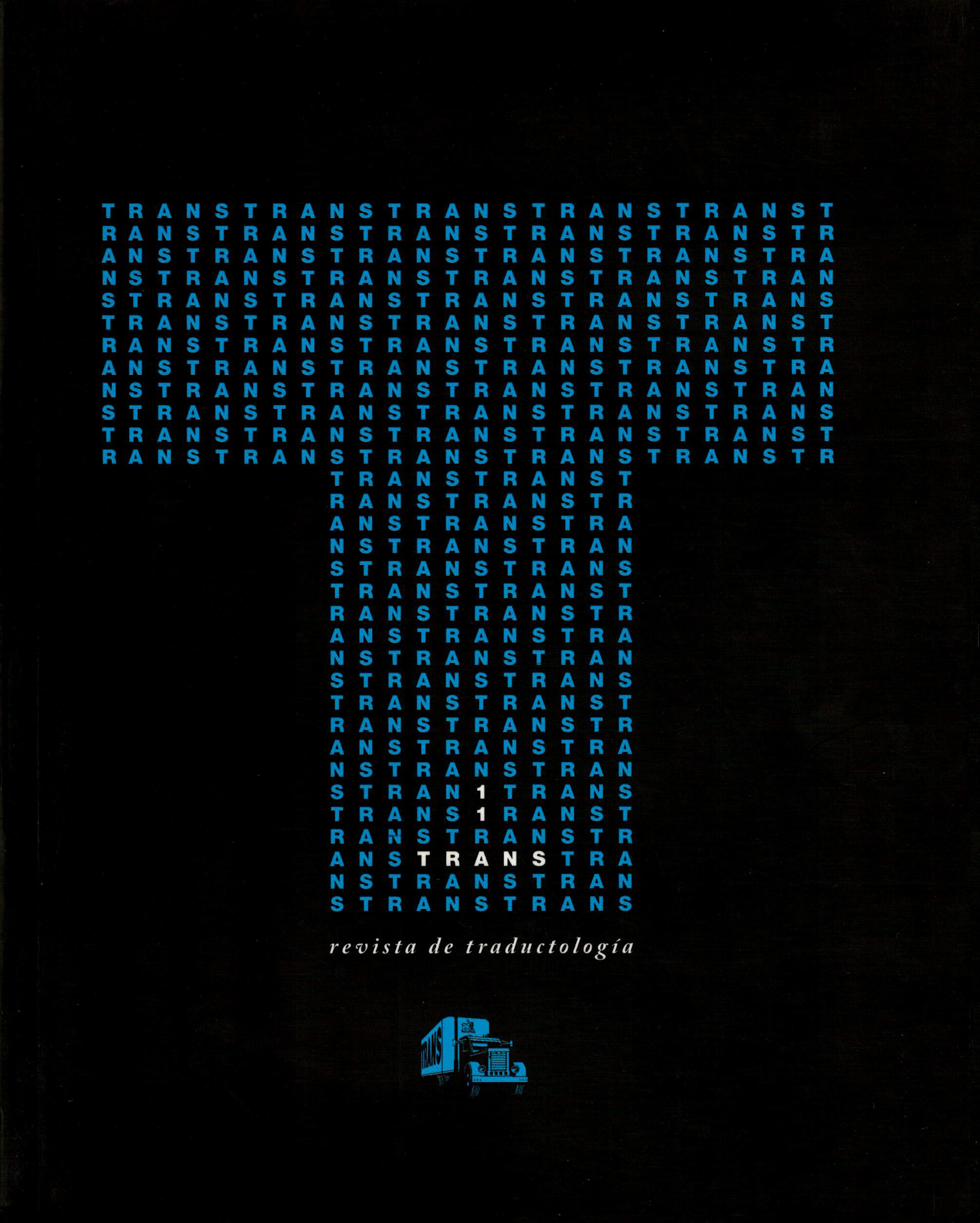Audio describing the exposition phase of films. Teaching students what to choose
DOI:
https://doi.org/10.24310/TRANS.2007.v0i11.3099Keywords:
audiodescripción, accesibilidad, traducción audiovisual.Abstract
La audiodescripción se está introduciendo progresivamente en los productos audiovisuales y esto tiene como resultado por una parte la necesidad de formar a los futuros audiodescriptores y, por otra parte, formar a los formadores con unas herramientas adecuadas para enseñar cómo audiodescribir. No cabe la menor que como documento de partida para la formación las guías y normas de audiodescripción existentes son de una gran utilidad, sin embargo, éstas no son perfectas ya que no ofrecen respuestas a algunas cuestiones esenciales como qué es lo que se debe describir cuando no se cuenta con el tiempo suficiente para describir todo lo que sucede. El presente artículo analiza una de las cuestiones que normalmente no responden las guías o normas: qué se debe priorizar. Se demostrará cómo una profundización en la narrativa de películas y una mejor percepción de las pistas visuales que ofrece el director puede ayudar a decidir la información que se recoge. Los fundamentos teóricos expuestos en la primera parte del artículo se aplicarán a la secuencia expositiva de la película Ransom
Downloads
Metrics
Publication Facts
Reviewer profiles N/A
Author statements
Indexed in
-
—
- Academic society
- N/A
- Publisher
- Universidad de Málaga
Downloads
Published
How to Cite
Issue
Section
License
All contents published in TRANS. Revista de Traductología are protected under the Creative Commons Attribution-NonCommercial-ShareAlike 4.0 International (CC BY-NC-SA 4.0) license. All about this license is available in the following link: <http://creativecommons.org/licenses/by-nc-sa/4.0>
Users can copy, use, redistribute, share and exhibit publicly as long as:
- The original source and authorship of the material are cited (Journal, Publisher and URL of the work).
- It is not used for comercial purposes.
- The existence of the license and its especifications are mentioned.
- ShareAlike — If you remix, transform, or build upon the material, you must distribute your contributions under the same license as the original.
There are two sets of authors’ rights: moral and property rights. Moral rights are perpetual prerogatives, unrenounceable, not-transferable, unalienable, imprescriptible and inembargable. According to authors’ rights legislation, TRANS. Revista de Traductología recognizes and respects authors moral rights, as well as the ownership of property rights, which will be transferred to University of Malaga in open access.
The property rights are referred to the benefits that are gained by the use or the dissemination of works. TRANS. Revista de Traductología is published in an open access form and it is exclusively licenced by any means for doing or authorising distribution, dissemination, reproduction, , adaptation, translation or arrangement of works.
Authors are responsable for obtaining the necessary permission to use copyrighted images.













21.png)
